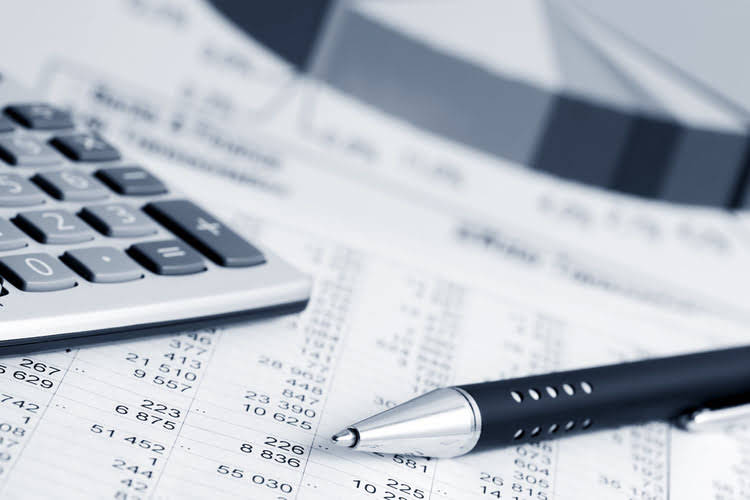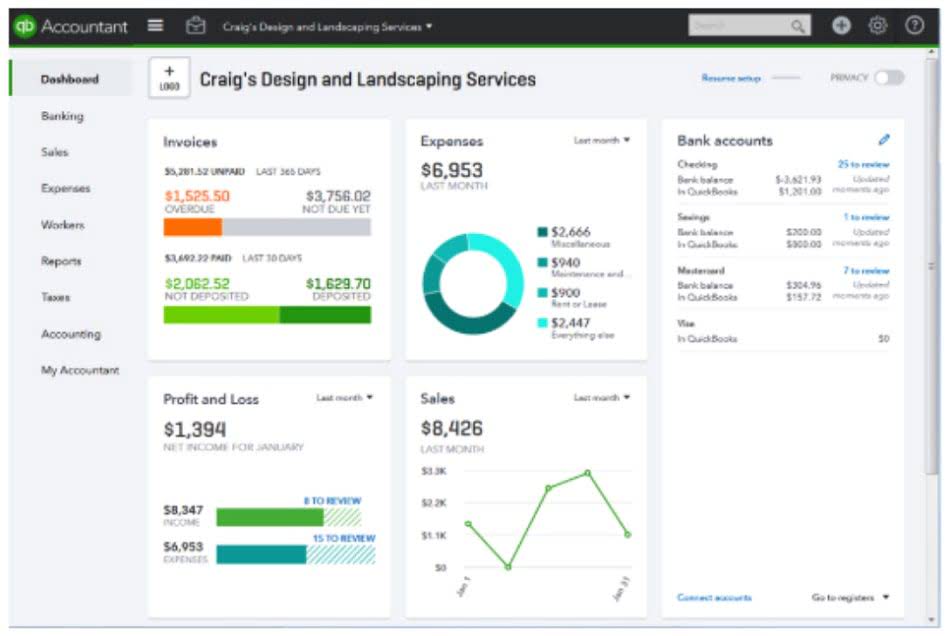
It also raises the company’s earnings per share figure (EPS) since earnings are divided by a smaller number of shares. A share repurchase generates a higher income per share, making each share more valuable. The number of authorized shares can be substantially greater than the number of shares outstanding since authorized shares represent the maximum possible number of shares a company can issue.
Example calculation

Besides his extensive derivative trading expertise, Adam is an expert in economics and behavioral finance. Adam received his master’s in economics from The New School for Social Research and his Ph.D. from the University of Wisconsin-Madison in sociology. He is a CFA charterholder as well as holding FINRA Series 7, 55 & 63 licenses. He currently researches and teaches economic sociology and the social studies of finance at the Hebrew University in Jerusalem.
Why shares outstanding matters
After initial public offerings or SPAC (special purpose acquisition company) mergers, pre-existing owners usually have “lock-up” requirements that prohibit selling for a period of time (usually at least 90 days). Lockups aside, long-standing investors such as founders or venture capital backers may have their own restrictions on selling, or may have signaled that they have no intent to do so. This is because the total number of outstanding shares will change over time. Stock options will be exercised; restricted stock may vest after executives hit certain targets. Stock might be sold to raise capital; convertible debt might move into, or out of, the money. The reason for that is that most public companies have instruments that provide for shares to be issued in the future.
What Is the Difference Between Shares Outstanding and Floating Stock?
- It is a less-commonly used number in the financial reporting of privately-held businesses.
- By using existing cash, firms can purchase shares back more aggressively, decreasing their total outstanding shares and increasing earnings per share (EPS).
- As a result, the weighted average of outstanding shares will not tell you the diluted earnings per share.
- And when shares are bought back, investors end up owning more of the company.
- As a real-world example, here is some information from Johnson & Johnson’s 2014 year-end balance sheet.
These include a company’s market capitalization, such as market capitalization, earnings per share (EPS), and cash flow per share (CFPS). Companies typically issue shares when they raise capital through equity financing or when they exercise employee stock options (ESOs) or other financial instruments. Outstanding shares decrease if the company buys back its shares under a share repurchase program. Ownership of a corporation is typically determined by examining who holds the issued shares.
Outstanding Shares and Share Repurchase Programs
Therefore, the more shares that are outstanding, the more the profit is split. It’s important to note that outstanding shares do not include treasury stock, which are shares that were once owned by investors that a corporation has repurchased. They also do not include preferred shares, which are stocks that do not carry shareholder voting rights, but do give their owners some ownership rights and pay a fixed dividend. It’s worth noting that a company’s basic number of shares outstanding can differ from its fully diluted number of shares. The fully diluted number of shares indicates how many outstanding shares there could potentially be if all existing equity instruments were converted into common stock.
Types of Shares Outstanding
- If all these warrants are activated, then XYZ will have to sell 100 shares from its treasury to the warrant holders.
- The Review Board comprises a panel of financial experts whose objective is to ensure that our content is always objective and balanced.
- If a company considers its stock to be undervalued, it has the option to institute a repurchase program.
- But the supply of shares in the market can have a bearing on trading dynamics.
- Austin has been working with Ernst & Young for over four years, starting as a senior consultant before being promoted to a manager.
- A significant change in outstanding shares, such as through a stock buyback or issuance, can signal strategic shifts and impact investor sentiment.
The modus operandi observed is that once a client pays amount to them, huge profits are shown in his account online inducing more investment. However, they stop responding when how to find number of outstanding shares client demands return of amount invested and profit earned. Apple (AAPL) was incorporated in 1997 but the company has amended its Articles of Incorporation many times since.
- Companies also may hold back authorized shares as a defensive maneuver.
- As we already explained, shares that can be freely bought and sold by public investors are called the float.
- Outstanding shares impact a company’s market capitalization, which is calculated by multiplying the stock price by the number of outstanding shares.
- Another reason a company might want to repurchase shares is to eliminate shareholder dilution from future employee stock options or equity grants.
- There’s no limit to the total number of shares that can be authorized within these documents for a large company.
- Founded in 1993, The Motley Fool is a financial services company dedicated to making the world smarter, happier, and richer.

Another reason a company might want to repurchase shares is to eliminate shareholder dilution from future employee stock options or equity grants. The company does this to reduce the number of outstanding shares, hopefully leading to an increase in the market value of the remaining shares due to the lower supply and larger earnings per share ratio. Using the weighted average method to calculate outstanding shares is consistently accurate, even when the amount of shares changes over time.

A company’s number of issued shares includes any shares the company has bought back and now holds in its treasury. The term “float” refers to the number of shares available to be traded by the public and excludes any shares held by company executives or the company’s treasury. Let us understand how to calculate outstanding shares with a simple example. A food distribution company, FoodZilla Ltd has issued a total of 10,000 equity shares. Of these, 6,000 shares are floating stock i.e. held with the general public. The common stock outstanding of a company is simply all of the shares that investors and company insiders own.
Preferred stocks are higher ranking than common stock, but also subordinate to bonds in terms of claim, or rights to their share of the company’s assets. Once you’ve located a company’s balance sheet through the SEC or on the company’s website, look at the shareholders’ equity section, found near the bottom of the balance sheet. Recognizing that a company’s number of shares outstanding can change is also useful.
Understanding Outstanding Shares
This number represents all the shares that can be bought and sold by the public, as well as all the restricted shares that require special permission before being transacted. As we already explained, shares that can be freely bought and sold by public investors are called the float. This value changes depending on whether the company wishes to repurchase shares from the market or sell out more of its authorized shares from within its treasury. Outstanding shares are all the shares issued and sold by a company that are not held by the company itself. Outstanding shares include a company’s common stock held by individual investors, institutional investors and restricted shares held by company officers and insiders. The category does not include treasury stock, which is the company’s own stock held by the company.
